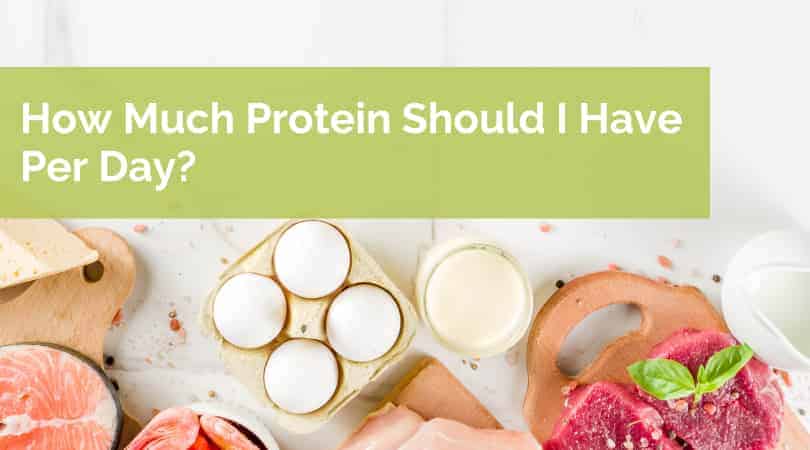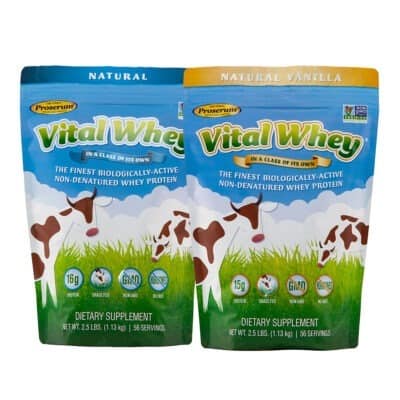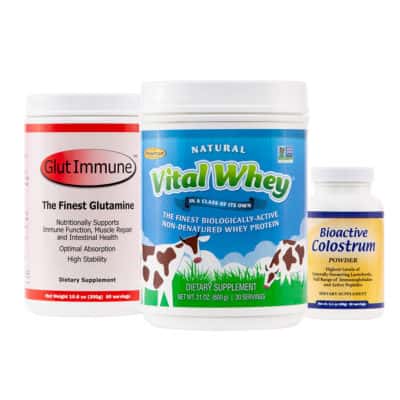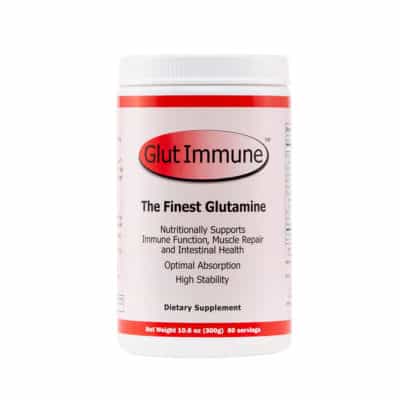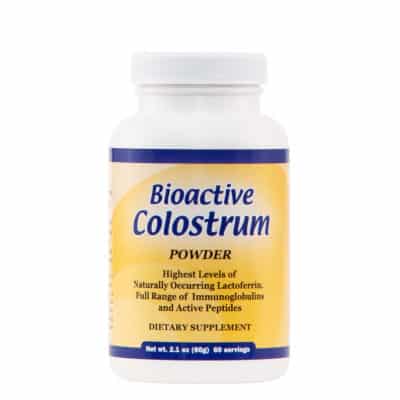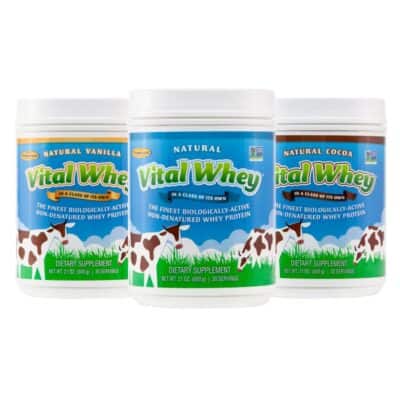Protein is one of the three macronutrients along with carbohydrates and fats. These are the nutrients you need in large quantities that provide calories. But of all three, protein is the most important.
The word protein comes from the Greek word for “primary”. Although carbohydrates and fat are also important macronutrients in your diet, you can’t live without protein.
In the short-term, your body can survive without carbs and fat. It can also make carbs or fat on its own or pull from its storage in order to keep a carb or fat deficiency from having immediate impact. One thing your body can’t simply replace or do without is protein.
Unlike carbohydrates or fat, your body does not have a designated storage for protein and it cannot reproduce the building blocks, called amino acids, necessary to create it. There are 9 essential amino acids your body has to get from food. Knowing this, you may be wondering how many grams of protein per day do I need to meet my nutrient goals?
What is Protein?
Protein is one of the three macronutrients that provide the basic building blocks for life. Its processes span from activity at a microscopic cellular level, all the way to general daily function like providing the calories that energize you to get out of bed in the morning. It is required for immunity, muscle strength and makes up every cell in your body.
The building blocks that make up protein consist of tightly wound amino acids which string together in specific shapes to form a larger protein molecule.
There are 20 amino acids that combine in different ways to make up all the tissues, organs, enzymes, and other structures in your body. Of these 20 amino acids, nine are considered “essential”, being that they cannot be produced by the human body and must be incorporated into our daily diet.
Amino acids are found in many foods including both plant and animal sources. The term “complete protein” is used to describe a food source that provides all essential amino acids. All animal sources of protein are complete proteins, they provide all nine essential amino acids. Complete proteins provide the best combination of both essential and non-essential amino acids to get you the most bang for your bite.
Most protein-rich plant foods, with a few exceptions, are incomplete proteins because they are low in one or more essential amino acids. But this doesn’t mean you have to eat only animal foods to meet your protein needs. By eating a wide variety of high protein plant-based foods, like beans or tofu, you can still meet your daily essential amino acid needs.
Ideally, you should get your protein from a combination of both plant and animal sources.
How Many Grams of Protein Should You Have a Day?
In determining how much protein is needed daily, you want to first start with looking at the Dietary Reference Intakes (DRI) set forth by the National Institute of Health. The DRIs determine the Recommended Dietary Allowance (RDA) for protein is 0.8 grams per kg (or 0.36 g per pound).
You can find out more details on how to calculate your specific protein needs in our article on this topic here.
For the average adult, the RDA recommendation translates to:
- 56 grams per day for men
- 46 grams per day for women
This is the amount of protein needed to prevent muscle breakdown and deficiency. It is not enough to optimize muscle mass or body composition. In order to get the most benefits from protein, you need to determine how much protein you need based on your individual lifestyle and goals.
How Much Protein You Need Per Day
Your protein intake should be tailored to you. Determining how much protein you need per day should consider different factors including, activity level, muscle mass, physical goals, age, gender, body weight, and overall health. It can be difficult to evaluate all these variables on your own, so if you really want an individualized protein goal it is best to speak to a registered dietitian who can help you figure it out.
You can determine a range of how much protein is needed daily if you are willing to do a little self-experimentation. Let’s start with the “average” person to determine a baseline for daily protein needs. This is a person who doesn’t exercise much, is at a normal body weight, and is between the ages of 25-65.
The RDA for this person would be 46 grams for a woman, 56 grams for a man. This would break down to about 6 oz of animal protein a day for a woman (equivalent to 2 servings of beef each the size of a deck of cards) or 7 oz for a man (equivalent to 2 chicken breasts, each the size of your palm). As you can see, this isn’t very much.
Considering that the examples listed above are not your only sources of protein, being that you’re probably also eating dairy products, protein shakes, or plant-based proteins, you can see how meeting your daily RDA for protein isn’t all that hard.
One thing to note about the RDA for protein, is that it is the minimum amount needed to prevent muscle loss. It is not the amount you need to lose weight or build new muscle. Most active people probably need significantly more than the RDA.
Rather than trying to limit your protein to the minimum amount, consider incorporating lean proteins (defined as less than 10g of fat per serving) in combination with a high fiber fruit or veggie at every meal and snack.
Protein helps increase satiety and helps extend the feeling of being “full” which can decrease your urge for unhealthy snacks throughout the day. A good rule of thumb is that you have eaten enough protein if you can go at least 3-4 hours between meals without feeling hungry.
How Much Protein Is Needed Daily: The Specifics
You also need to consider some specifics based on your individual goals. Protein can help with muscle building and weight loss. So how much protein per day to build muscle? How much protein per day to lose weight?
While these recommendations do need to be individualized based on your personal needs, there are a few rules of thumb you can use to determine the protein you need to reach those goals. Here are a few other situations where you might want to increase your protein intake:
- Muscle gain. Muscles need protein to grow, aim for 1 gram of protein per pound of lean body mass. Adding bulking protein to your strength routine will help support the growth and recovery of new muscles.
- Weight loss. Protein makes you feel full and boosts metabolism. Aim to get 25-30% of your calories from protein if your goal is to lose weight. This will make it easier to cut back on calories from other food because you will feel satisfied after meals.
- You are very active. You need protein to support active muscles, even if you don’t want to change your body composition. Protein helps recovery from all types of exercise. Aim for at least 0.5 grams of protein per pound of body weight if you are an endurance athlete.
- You are older than 65. As you age, you naturally lose muscle. Eating adequate protein can help slow that down and keep you stronger. Aim for at least 15-20% of your calories coming from protein. Make sure to eat a high protein food at every meal.
Your Protein Needs
As you can see, protein needs should be personalized to your lifestyle and goals. A good rule of thumb (also recommended by the USDA’s “Dietary Guidelines For Americans”) is to have 1/4th of your meal or plate consist of a lean protein along with incorporating a protein source with any snack.
If you eat a balanced meal, where 1/4th of your plate is a high protein food, but you still feel hungry just a few hours later, you might need more protein. At your next meal, increase your intake by another 1-2 ounces until you feel satisfied for 3-4 hours. It can take a bit of trial and error to get the right amount of protein for you.
The protein you choose at any meal can be a combination of animal protein, dairy products, protein shakes, or plant-based proteins. The more variety in your protein choices you have, the more likely you are to meet your other nutrient needs as well.
Following these tips will help you meet your daily protein goals and help curb hunger in order to maintain or achieve a healthy body weight, support the health of your muscles and ensure your immune system is working effectively. If you are looking for more ideas on meeting your protein needs, check out the recipe section of our blog.
References
- Veldhorst M, Smeets A, Soenen S, et al. Protein-induced satiety: effects and mechanisms of different proteins. Physiol Behav. 2008;94(2):300-307.
- Bosse JD, Dixon BM. Dietary protein to maximize resistance training: a review and examination of protein spread and change theories. J Int Soc Sports Nutr. 2012;9(1):42.
- Westerterp-Plantenga MS. Protein intake and energy balance. Regul Pept. 2008;149(1-3):67-69.
- Phillips SM. Dietary protein for athletes: from requirements to metabolic advantage. Appl Physiol Nutr Metab. 2006;31(6):647-654.
- Kalyani RR, Corriere M, Ferrucci L. Age-related and disease-related muscle loss: the effect of diabetes, obesity, and other diseases. Lancet Diabetes Endocrinol. 2014;2(10):819-829.
- Should You Take Whey Protein Powder After Surgery? - March 2, 2023
- How Much Protein is Too Much? - January 30, 2023
- Is Whey Protein Keto Friendly? - January 30, 2023

